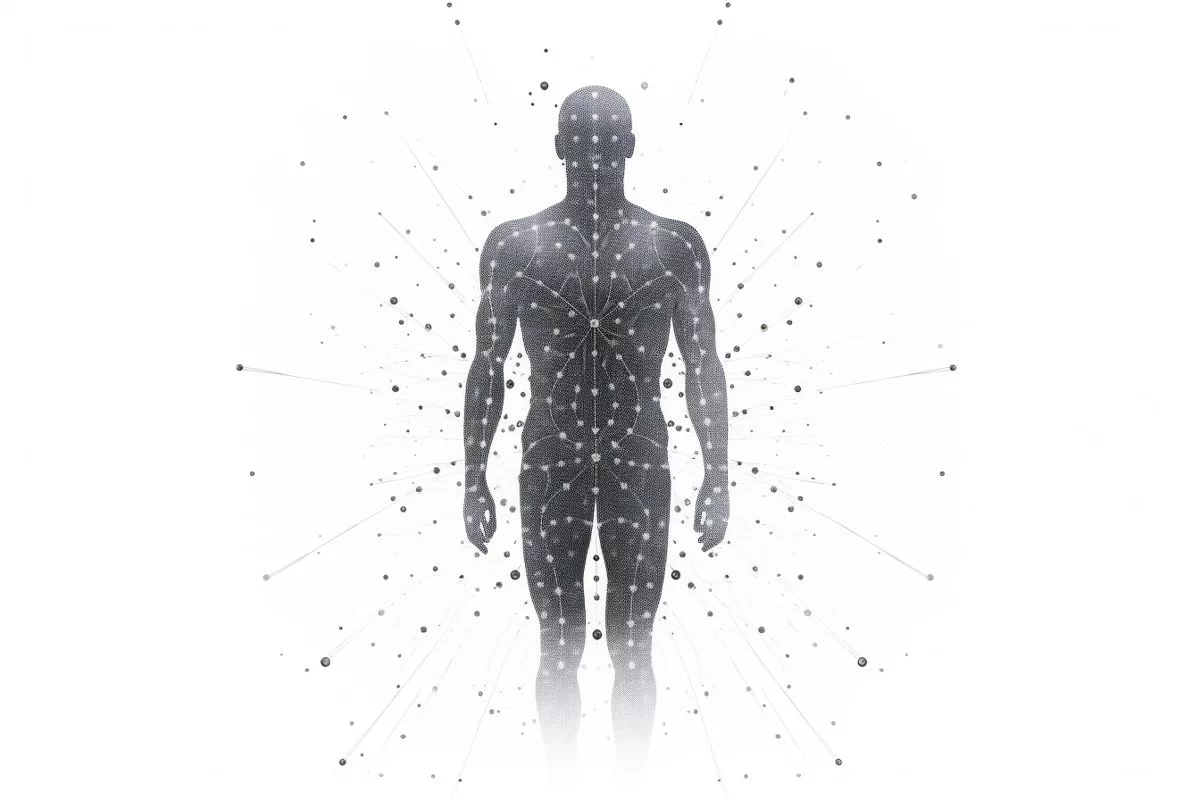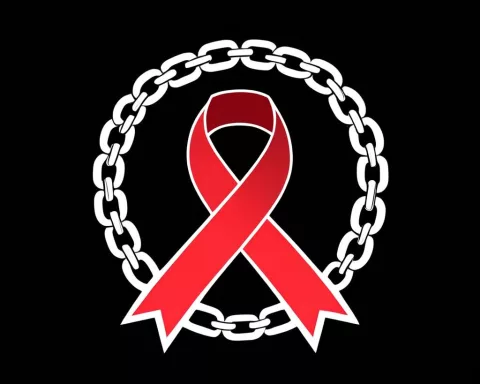A recent study by the South African Medical Research Council reveals the largely ignored crisis of male homicides in South Africa, with 87% of murder victims in 2017 being men. The study highlights the need for targeted interventions, such as stricter alcohol and firearm controls, programs challenging societal norms, and initiatives addressing poverty and inequality. The research also uncovers the socio-economic factors contributing to the rampant violence, including toxic masculinity and the concentration of murders in impoverished neighborhoods. The study emphasizes the urgent need for understanding and prevention measures for men who bear the brunt of homicides.
South Africa’s male homicide crisis is a widely ignored issue, with a staggering 87% of murder victims in 2017 being men. A recent study by the South African Medical Research Council provides insights into the causes and patterns of male violence, as well as the socio-economic factors contributing to it. The study calls for targeted interventions such as stricter alcohol and firearm controls, programs challenging societal norms, and initiatives addressing poverty and inequality.
South Africa’s fascinatingly rich history, assorted cultures, and scenic landscapes hide a much sinister reality – a rampant issue of violence, especially directed towards men. The recent study by the South African Medical Research Council (MRC) offers a startling view into this grim reality. The research uncovers that a staggering 87% of murder victims in 2017 were men – a trend that has been consistent over the years.
Pioneering Research on Male Violence
The research, helmed by Richard Matzopoulos of MRC’s Burden of Disease Unit, along with a team of committed scientists from the UCT School of Public Health, consisted of an in-depth analysis of post-mortem reports from 2017. They scrutinized factors such as the cause of death, the victims’ age, their geographical location, and the likely role of alcohol. The results, published in PLOS Global Public Health, reiterate the pressing need to tackle this neglected issue.
This study diverges from the existing body of work on gender-based violence, which has predominantly focused on femicide (the killing of women). The current research, synchronized with the third national femicide study, delves into the largely unexplored domain of male homicides. This research not only fills a gap in the literature but also provides a comprehensive analysis of male murders.
Challenges and Triumphs in the Research Process
Bringing this research into the limelight was not without its hurdles. The team faced difficulties in getting their work published in a peer-reviewed journal, largely due to the habitual neglect of men’s health issues in academic research. As Dr. Morna Cornell, one of the study’s authors, suggests, society often views men through an “outdated paradigm” – a perception that men are invincible and capable of maneuvering the healthcare system, thus deeming them less worthy of attention and care. This study aims to debunk this notion, showcasing the fragility of men in multiple contexts.
A Deep Dive into the Causes and Patterns of Male Violence
Contrary to the common assumption that diseases are the most frequent causes of death among men, this study reveals that violent actions such as stabbings and shootings are the main culprits. Disturbingly, for individuals aged 15 to 44, male murders were more than eight times higher than female murders. The disparity between male and female victims was most pronounced in the Western Cape – for every woman killed, a shocking 11.4 men succumbed to similar violent ends.
The research also identified temporal patterns in male homicides, with a significant increase during December and weekends, hinting at the influence of alcohol. It sketches a chilling portrait of the dangerous environment that many South African men inhabit, where violence is not a rarity, but a normalized part of life.
Socio-economic Factors and Solutions
The study further delves into the socio-economic factors contributing to this rampant violence. Issues such as poverty and inequality, deeply rooted within the South African society, contribute significantly to the concentration of murders in impoverished neighborhoods. The high rates of firearm ownership and incarceration further amplify the problem. The study pinpoints the role of toxic masculinity, socialized into men, perpetuating a continuous and often intergenerational cycle of violence.
While acknowledging the widespread violence against women in South Africa, the study stresses the urgent need for targeted prevention measures for men who bear the brunt of homicides. The researchers advocate for interventions like stricter alcohol and firearm controls, programs to challenge societal norms that encourage physical violence, as well as initiatives to address poverty and inequality.
Future Directions and Implications
This pioneering research emphasizes the necessity of understanding the risks and interventions in the South African context. As emphasized by Professor Richard Matzopolous, the primary author, more research is needed to further delve into the victim/perpetrator and situational contexts.
This research provides crucial insights into the often-ignored issue of male homicides in South Africa, challenging societal perceptions and advocating for targeted interventions. It is a testament to the perseverance and dedication of scientists who dare to venture into unfamiliar territories, constantly pushing the boundaries of knowledge to bring about societal change. Despite the bleak findings, they serve as a crucial stepping stone towards a safer South Africa, where every life, irrespective of gender, is valued and protected.
1. What is the male homicide crisis in South Africa?
The male homicide crisis in South Africa refers to the largely ignored issue of high rates of violent deaths among men in the country, with 87% of murder victims in 2017 being men.
2. What are the causes and patterns of male violence in South Africa?
The main causes of male violence in South Africa are stabbings and shootings, and it is particularly prevalent among men aged 15 to 44. The patterns of male homicides also show a significant increase during December and weekends, hinting at the influence of alcohol.
3. What are the socio-economic factors contributing to male violence in South Africa?
Poverty and inequality, high rates of firearm ownership and incarceration, and toxic masculinity are some of the socio-economic factors contributing to male violence in South Africa.
4. What interventions are needed to address the male homicide crisis in South Africa?
Stricter alcohol and firearm controls, programs challenging societal norms that encourage physical violence, and initiatives addressing poverty and inequality are some of the targeted interventions needed to address the male homicide crisis in South Africa.
5. How does this research differ from previous research on gender-based violence?
This research diverges from previous research on gender-based violence, which has predominantly focused on femicide. This research focuses on the largely unexplored domain of male homicides.
6. What are the implications of this research for the future of South Africa?
This research emphasizes the necessity of understanding the risks and interventions in the South African context to bring about societal change. It also provides crucial insights into the often-ignored issue of male homicides in South Africa, challenging societal perceptions and advocating for targeted interventions.












